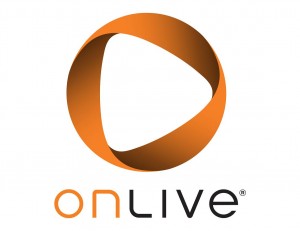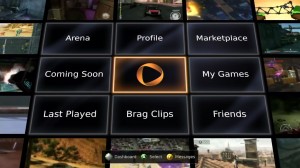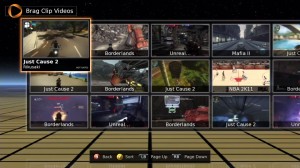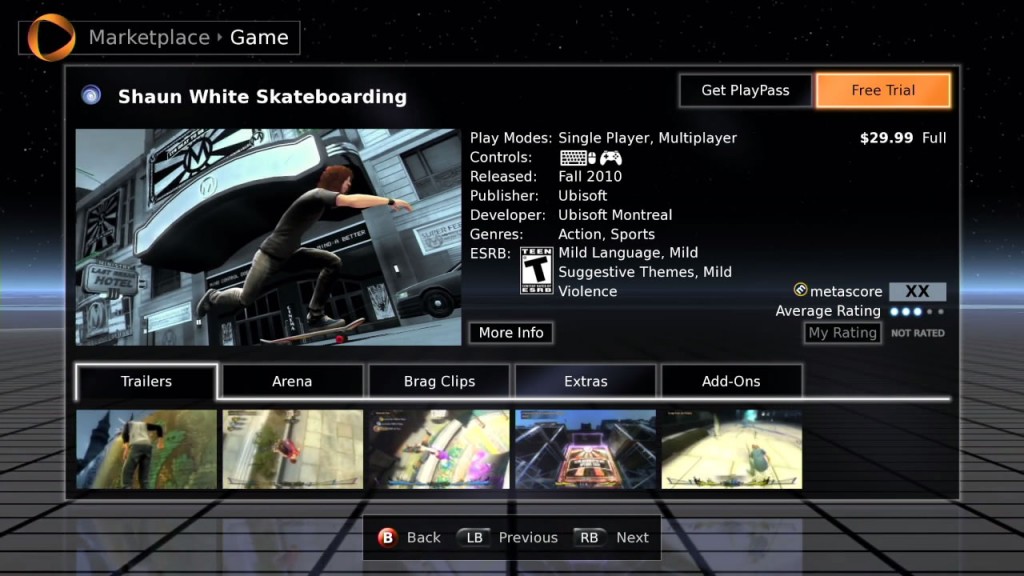Can OnLive Be A Success When It Launches In Europe?
 The cloud gaming service, OnLive, makes its way to Europe in September, but can it be a success and become the ‘fourth option’ for gamers?
The cloud gaming service, OnLive, makes its way to Europe in September, but can it be a success and become the ‘fourth option’ for gamers?
Being from the UK, I’ve gotten quite used to having to wait for most technological things to make their way here. But if we Brits are anything, we are patient. However, every once in a while something will come around that even my almost saintly level of British patience can’t take. OnLive is one of them.
OnLive is somewhat of an enigma here in the UK and across Europe in general. Since its launch at E3 2010, any solid pieces of information in relation to its European release have been few and far between. Thankfully though, OnLive was good enough to recently announce that its cloud based gaming service will be making its way to European shores, and screens, this Autumn with a September release date placed for the UK. They were also kind enough to reveal a raft of information regarding what we can expect from the service when we finally get our grubby mitts on it. There are some juicy tidbits suggesting that the European arm of OnLive’s service should be a huge hit.
Americans already know what OnLive is about and what it can offer to gamers. The current service in the USA offers on-demand titles, from over 50 publishers, ready to stream to virtually all PCs and Macs. However, for the European launch, OnLive is beefing up the service with features that promise to broaden its appeal and make it a viable alternative to console gaming.
 So, just what can we expect to see when OnLive makes its debut on European shores? Firstly, and most importantly, OnLive has promised that its service will boast a back catalogue of over 100 titles available for streaming by the launch date. More significantly though, these titles will be provided by all the major third party publishers who are showing their full support by offering their products. Secondly, OnLive has stated that they are working with ISPs to ensure streaming will be as smooth as possible. OnLive has said that the service will work with a 1mb internet connection, so every internet enabled household should be able to run it with the minimum of fuss.
So, just what can we expect to see when OnLive makes its debut on European shores? Firstly, and most importantly, OnLive has promised that its service will boast a back catalogue of over 100 titles available for streaming by the launch date. More significantly though, these titles will be provided by all the major third party publishers who are showing their full support by offering their products. Secondly, OnLive has stated that they are working with ISPs to ensure streaming will be as smooth as possible. OnLive has said that the service will work with a 1mb internet connection, so every internet enabled household should be able to run it with the minimum of fuss.
Perhaps the greatest enhancement to OnLive’s service doesn’t come in the form of software or improved connectivity; it comes in the form of hardware. OnLive has revealed a Universal Controller that is used to access their service’s content, and it looks like a hybrid of the Xbox360 and PS3 controller; it’s a spectacular piece of kit that is aesthetically pleasing and sure to be highly functional to boot. The Universal Controller, though, plays second fiddle in the hardware enhancements made to OnLive. OnLive has promised that for its European launch, gamers will be able to access content from anywhere they want, and on virtually any device that sports a screen; this doesn’t mean just TVs and PC screens. Tablet functionality for iPad and Android devices has also been implemented, making it clear that OnLive is living up to its mantra of ‘any screen, anywhere’. This is a noteworthy enhancement to an already impressive service that is sure to maximise OnLive’s appeal. Imagine being able to play AAA titles on the move with the high quality graphics on the morning commute; it’s a feature that is sure to change the way developers make their games, and one that will certainly make the console manufacturers sit up and take notice.
With these enhancements in place, can OnLive be a success when its launches in Europe? There are still a number of issues with digital media that OnLive needs to tackle before they can ensure this is the case.
The biggest sticking point will no doubt be the price of the service. OnLive’s customers would want to make sure they are getting their money’s worth for the services they subscribe to, but they will also want to ensure that they’re saving money against console gaming. Although no prices have been officially announced for the European market, OnLive offers their American patrons a variety of ways to pay for content. The Playpack bundle – which costs $10 a month for unlimited access to over 60 titles! – is OnLive’s way of cutting out the middle-man and appealing to a broad range of cost-conscious consumers. OnLive also offers single titles for purchase that are around $10-$15 cheaper than retail purchases, so it is clear that there are savings to be made for consumers. How these prices will translate to the European market remains to be seen. However, if OnLive can offer the Playpack and single titles at comparable prices, they will have no problem drawing in a wide audience.
Whilst price points are important, every gamer knows that a system lives or dies based on the software available for it and OnLive is no exception to this. Although the promise of an extensive back catalogue is enticing, the question remains whether developers will continue to create games for a cloud gaming service in the long term. This is particularly problematic as we are on the cusp of a new generation of home consoles, which may result in developers ditching OnLive in favour of developing for the newer technology available to them. Also, we should take DLC into account as it has become an integral part of developers’ post-release strategy, and without an effective plan in place for utilising DLC, OnLive may be left behind.
 Pricing and software aside, there are also technical considerations that must be addressed for OnLive to really shine. Firstly, there is the issue of compatibility. Whilst the Universal Pad works over all devices, we’ve still to see which tablets OnLive will be able to stream to. Although EDGE magazine stated that they had seen the service running iPad2 and Motorola Xoom (presumably running Android Honeycomb), there has been no indication that the service will be compatible with the raft of lower-spec Android tablets available.
Pricing and software aside, there are also technical considerations that must be addressed for OnLive to really shine. Firstly, there is the issue of compatibility. Whilst the Universal Pad works over all devices, we’ve still to see which tablets OnLive will be able to stream to. Although EDGE magazine stated that they had seen the service running iPad2 and Motorola Xoom (presumably running Android Honeycomb), there has been no indication that the service will be compatible with the raft of lower-spec Android tablets available.
Another issue would be internet connection speeds. Although it is promising that OnLive has stated that the service can run on a 1mb connection, it remains to be seen what standard of service that produces. It seems next to impossible that a service, while streaming console quality titles, will be able to run at its optimum level on a 1mb connection. This problem is further compounded by the fact that in the UK, and other areas of continental Europe, ISPs are still using copper rather than fibre optic cabling for their services which significantly reduces connection speeds. However, with BT (essentially the British variant of AT&T) being an investor in OnLive, this issue may be remedied much sooner in OnLive’s European lifespan.
Hardware, software and infrastructure issues are easily solved. Yet the obstacle that will take much more work to overcome is the consumer confidence in digital media. If the PSN hack demonstrated anything, it was that no online service is infallible. The loss of the personal details of over 16 million customers has shaken people’s confidence in regards to digital media online, perhaps to the point where it may never fully recover. Given the nature of OnLive, the service will have to go through lengths to reassure its customers that all private data will be safeguarded. This is a monumental task that may prove to be the deciding factor on whether users choose to adopt the service or remain faithful to traditional media.
 If OnLive can overcome these complications, which is not an easy job by any means, then it will be a truly unique platform that is a very real and viable alternative to traditional console gaming. Along with this, if OnLive can get the most out of its tablet compatibility, this new service will have a unique selling point that will be almost impossible to ignore.
If OnLive can overcome these complications, which is not an easy job by any means, then it will be a truly unique platform that is a very real and viable alternative to traditional console gaming. Along with this, if OnLive can get the most out of its tablet compatibility, this new service will have a unique selling point that will be almost impossible to ignore.
Now if you will excuse me, I have to go and buy an iPad2, upgrade my internet connection and prepare myself to be that guy screaming at my tablet on the morning commute because once again a crafty sniper has sprayed my brains on the wall!
OnLive is set for release on September 22nd in the UK. Look out for more information about OnLive from this year’s EuroGamer expo!
About This Post
